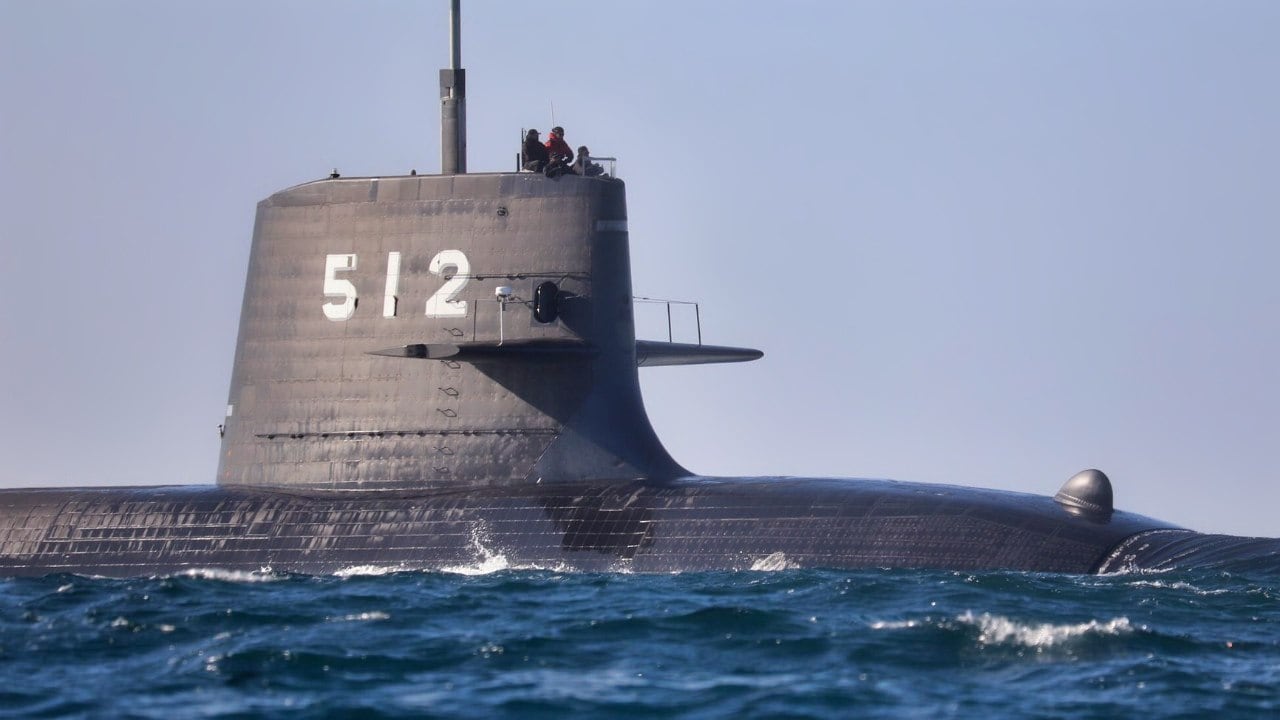Article Summary: Soryu-class submarines, part of Japan’s maritime arsenal, are known for their exceptional stealth, thanks to lithium-ion batteries and advanced diesel-electric propulsion. Air-independent propulsion reduces noise while prolonging submerged operation, making them harder to detect.
Key Point #1 – Though overshadowed by the newer Taigei-class, they remain highly potent, armed with Type 89 torpedoes and UGM-84 Harpoon missiles. The Soryu-class offers a critical deterrent against a potential Chinese amphibious attack on Taiwan, especially amid the U.S. Navy’s submarine deficit.
Key Point #2 – Alongside U.S. Virginia-class subs, these stealthy undersea vessels could operate undetected, applying lethal force against enemy warships and securing key strategic waterways in the Pacific region.
Meet the Soryu-Class: Japan’s Stealthy Submarines Poised to Deter China
The Japan Maritime Self-Defense Force’s latest Soryu-class submarines are likely among the stealthiest ever to exist.
The subs are engineered with lithium-ion batteries and a non-nuclear diesel-electric propulsion system. They are also a little smaller than most existing attack submarines, in part for the specific purpose of being less detectable.
Staying Under
Their batteries enable the submarines to remain beneath the surface for longer periods of time than subs with lead-acid batteries, thus reducing the risks associated with having to surface. The longer a boat can stay at depth, the less detectable it is.
Lithium-ion batteries, however, were not added to Soryu-class submarines until the 11th boat of the class. All previous Soryu-class subs used the extremely quiet air-independent propulsion system.
Although the U.S. Navy has prioritized nuclear propulsion, air-independent propulsion is highly survivable. The sub does not need to surface often, and it does not create the undersea noise generated by nuclear reactors using pumps to circulate reactor coolant.
The Soryu-class uses air-independent propulsion to help support the boats’ diesel-electric engine, which is described by The National Interest as being unique because it “uses bottled liquid oxygen so that the engine’s diesel fuel can combust. The advantage of this propulsion system is that it runs much quieter than a traditional diesel engine. Furthermore, its range is estimated to be around 6,100 miles or about 9,800 kilometers.”
Soryu-class boats are not only extremely stealthy and quiet, but also heavily armed, with Type 89 torpedoes and UGM-84 Harpoon anti-ship missiles.
Deterring China Undersea
The Soryu-class is now being succeeded by Japan’s Taigei-class submarines, but the fleet of Soryus could prove extremely significant in any U.S.-Japanese campaign to stop a surprise Chinese amphibious attack on Taiwan.
Submarines indeed may be the best option for the U.S. and its allies to disrupt an attack on Taiwan led by People’s Liberation Army Navy (PLAN) warships. Larger surface combatants can of course be easily seen from the air by drones and satellites, so China could launch a surprise attack at a time when it knows U.S. and Japanese surface warships are outside of the range necessary to respond.
This could give the PLAN the opportunity to seize or annex Taiwan before any U.S.-led force could respond.
Submarines could change this equation. Stealthy, torpedo-armed Soryu-class boats could quietly lurk within striking range of PLAN surface warships. They could also be supported by U.S. Virginia-class attack submarines.
Pacific Submarine Shortage
The U.S. Navy continues to face a submarine deficit, wherein combatant commanders’ need for attack submarines greatly outstrips the available supply. This is particularly true in the Pacific, a key reason why Congress is working intensely with the Navy and its industrial partners to massively increase Virginia-class construction.
While Los Angeles-class attack submarines are considered highly effective, they are retiring faster than Virginia-class boats can be added. As more of the Los Angeles boats near the end of their intended surface life—there are only 20 left—the Navy’s submarine deficit is expected to worsen.
Support from Japanese Soryu-class boats could therefore be critical.
The quieting technology of the Soryu-class cannot be overstated, especially in an era when newer non-acoustic technologies are improving submarine detection. At the moment, it is believed that the U.S. has undersea superiority over China, but it is not clear just how much longer that will remain the case.
The U.S. Navy, however, is greatly improving the stealth capabilities of its Virginia-class boats, and the combination of ultra-quiet Japanese and U.S. submarines could form a protective web across key parts of the Pacific. Perhaps regular forward patrols could protect the Japanese coastline as well as the Senkaku Islands and Taiwan.
About the Author: Kris Osborn
Kris Osborn is the Military Technology Editor of 19FortyFive and President of Warrior Maven – Center for Military Modernization. Osborn previously served at the Pentagon as a highly qualified expert in the Office of the Assistant Secretary of the Army—Acquisition, Logistics & Technology. Osborn has also worked as an anchor and on-air military specialist at national TV networks. He has appeared as a guest military expert on Fox News, MSNBC, The Military Channel, and The History Channel. He also has a Masters Degree in Comparative Literature from Columbia University.

